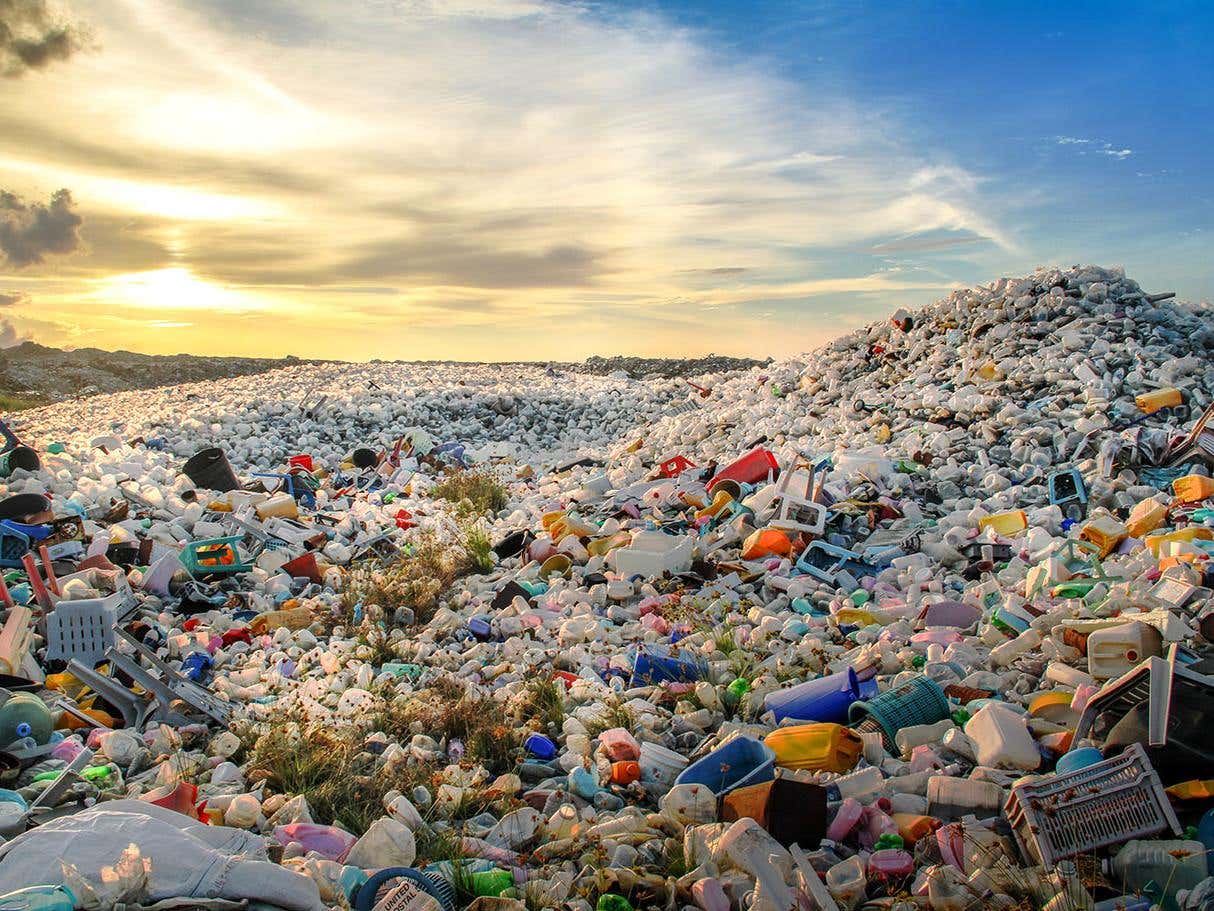Scientists turn plastic waste into material that is 200x stronger than steel
Plastic waste is a growing environmental crisis, and scientists are seeking innovative solutions to address it. A team of researchers has developed a groundbreaking method to convert microplastics into a…

This new approach involves transforming microplastics into graphene, a versatile material that can be used in manufacturing sensors. (CREDIT: CC BY-SA 3.0)
Plastic waste is a growing environmental crisis, and scientists are seeking innovative solutions to address it. A team of researchers has developed a groundbreaking method to convert microplastics into a material even harder than diamond, with promising applications across various industries.
This new approach involves transforming microplastics into graphene, a versatile material that can be used in manufacturing sensors, purifying water, and absorbing harmful chemicals like PFAS. The method is not only efficient but also environmentally friendly, offering a sustainable alternative to existing techniques.
Dr. Adeel Zafar from James Cook University highlighted the efficiency of this process, stating, "Approximately 30 mg of microplastics produced nearly 5 mg of graphene in 1 minute. This production rate is remarkably higher than achieved previously, and offers a simpler, more environmentally friendly alternative to current techniques."
The persistence of microplastics in the environment is well-documented. These tiny fragments, which often degrade from larger plastic waste, are known for their resistance to breaking down and their insolubility in water. This makes them a significant threat to aquatic life and, by extension, to humans.
Professor Mohan Jacob, also from James Cook University, pointed out that the characteristics of microplastics make them particularly dangerous. These small particles can absorb organic pollutants and, once in the water, they find their way into marine and human food chains.
"Disturbingly, microplastics disrupt marine life and coral reproduction," Dr. Zafar added, emphasizing the broader ecological impact.
The challenge with recycling microplastics lies in the complex and costly processes required to separate and reclaim them. This has led to a global issue of low resource recovery rates. However, upcycling—transforming plastic waste into higher-value materials—presents a more viable solution, according to Dr. Zafar.
Related Stories
The research team tackled this challenge by grinding plastic bottles into microplastics and then using a technique known as Atmospheric Pressure Microwave Plasma (APMP) synthesis to convert the debris into graphene.
Graphene, a one-atom-thick carbon material, is not only harder than diamond but also 200 times stronger than steel and five times lighter than aluminum. Its applications are expanding rapidly across multiple industries.
Professor Jacob noted, "The research not only pioneers a novel approach to graphene synthesis but also contributes to the broader goal of mitigating the adverse effects of microplastic pollution on our ecosystems." This sentiment underscores the dual benefit of the study: advancing material science while addressing an urgent environmental issue.
The study focused specifically on transforming polyethylene microplastics from waste dropper bottles into graphene. The results were promising. Raman spectroscopy, a technique used to analyze the material, revealed a spectrum characteristic of graphene-based materials, including some defects and the presence of oxygen content.
X-ray diffraction showed the typical graphitic lattice, with slight variations attributed to functional groups intercalated between the layers. X-ray photoelectron spectroscopy confirmed that sp² hybridized carbon was the dominant component.
Further analysis with high-resolution transmission electron microscopy provided insights into the multilayered structure of the graphene and the variations in the spacing between these layers. The graphene produced by this method demonstrated nearly ten times greater efficiency in adsorbing perfluorooctanoic acid, a harmful chemical, compared to its oxidized form. However, it was slightly less effective than graphene-based nanocomposites.
This research represents a significant step forward in both material science and environmental protection. By converting harmful microplastics into valuable graphene, scientists are not only finding new uses for waste but also helping to reduce the burden of plastic pollution on the planet.
As the demand for graphene continues to grow, this method could play a crucial role in meeting industrial needs while addressing one of the most pressing environmental challenges of our time.
Note: Materials provided above by The Brighter Side of News. Content may be edited for style and length.
Like these kind of feel good stories? Get The Brighter Side of News' newsletter.
Joshua Shavit
Science & Technology Writer | AI and Robotics Reporter
Joshua Shavit is a Los Angeles-based science and technology writer with a passion for exploring the breakthroughs shaping the future. As a contributor to The Brighter Side of News, he focuses on positive and transformative advancements in AI, technology, physics, engineering, robotics and space science. Joshua is currently working towards a Bachelor of Science in Business Administration at the University of California, Berkeley. He combines his academic background with a talent for storytelling, making complex scientific discoveries engaging and accessible. His work highlights the innovators behind the ideas, bringing readers closer to the people driving progress.



